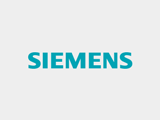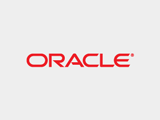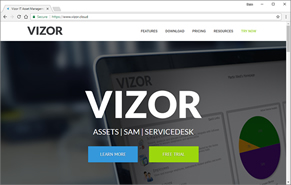You are here :
- Home
- Technical Information
- IT Help Desk and Issue Tracking: Team Working
IT Help Desk and Issue Tracking: Team Working
This page summarizes the role played by the Team Working function in Vector’s Issue Tracker engine, which is the foundation for the high level Issue Tracker and IT HelpDesk solutions.
Team Working in Vector Issue Tracker and Helpdesk: overview
Vector Issue Tracker increases the effectiveness of Service Management and Support operations with its Team Working capabilities. Many organizations have special support requirements for which a team working approach is the best solution. Examples are often found in IT HelpDesk installations, a configuration of Issue Tracker optimized for the typical IT support environment.
Organizations do not have to be large to exploit Team Working, but clearly there is a limit to what can be achieved with a team of just one!
Teams can be created to reflect any characteristics that usefully segment the user population and/or the issues that come in to the help desk. Examples are –
- Specialization in one or more generic applications and utilities. An example is someone used to sorting out MS Word problems for users who are not computer oriented. Email problems and password resets are other common issues.
- There can be more interesting and challenging examples where specialized applications are concerned, such as imaging software in a hospital. Often, a specialist software supplier will request that calls for support are only made by a limited number of customer staff who are trained in the product. (Clearly this maximizes efficiency for the vendor and ensures the customer can provide an appropriate first level of support.) This group of specially trained analysts should be defined in a team.
- Language provides another opportunity for streamlined support in a multi-national organization. An email with a Spanish header could be routed initially to the Spanish-aware team.
- Location. We are aware of some customers with highly dispersed organizations who route support calls to regional teams, based on location of the end user. This is often a reflection of language – such as French and English in different areas in Canada. The location can be derived from the associated asset information (if any of Vector’s IT Asset Management solutions is available) or can be derived from the user’s location as stored in Active Directory.
- Local operational factors. Sometimes, the applications being supported can be special to the nature of the operations carried out at particular locations. If that is the case, then emails or calls from those locations can be routed to a team that is familiar with the operations.
Team Working in Vector Issue Tracker and Helpdesk: details
How an issue is allocated to a workteam
An issue is allocated to a workteam either manually through the issue’s Web view, or automatically by rules defined in the Mailbox workflow feature. By default, the creation of a new issue for a workteam will cause an email to be sent to each team member. Team members can at any time view the list of issues allocated to their group, and can select and take ownership of any issue.
Routing / cascading / delegation
If the analyst dealing with an incident decides it should be allocated to another workteam, he or she can simply re-assign the workteam field in the incident’s main view. If the incident should be kept within the team, a team member can put an issue back into the pool for that group. An issue could also be re-assigned automatically by an escalation trigger, for example having breached a threshold on resolution time. An issue can also be automatically routed to a follow-up team, when the original team has closed the issue. In any instance of re-allocation or allocation to a new group, emails can be triggered to all team members.
Reporting on team performance
Issue resolution performance or any other metric that concerns analyst performance can also be graphed for teams.













